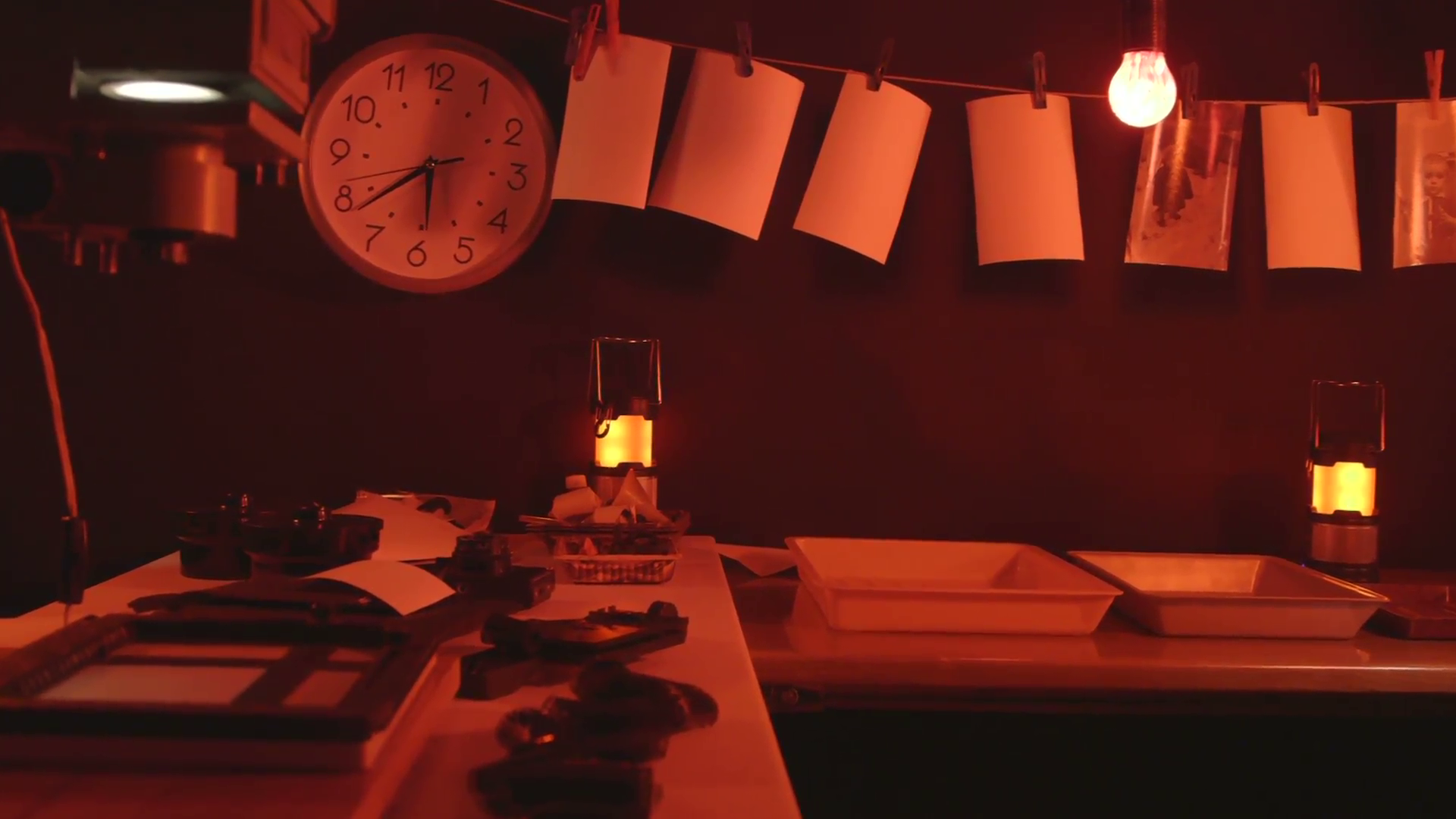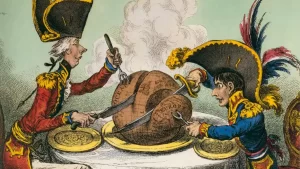
FULL POEM - SCROLL DOWN FOR LINE-BY-LINE ANALYSIS
Grand-dad, they say you’re old and frail,
Your stocked legs begin to fail:
Your knobbed stick (that was my horse)
Can scarce support your bended corse,
While back to wall, you lean so sad,
I’m vexed to see you, dad.
You used to smile and stroke my head,
And tell me how good children did;
But now, I wot not how it be,
You take me seldom on your knee,
Yet ne’ertheless I am right glad,
To sit beside you, dad.
How lank and thin your beard hangs down!
Scant are the white hairs on your crown;
How wan and hollow are your cheeks!
Your brow is rough with crossing breaks;
But yet, for all his strength be fled,
I love my own old dad.
The housewives round their potions brew,
And gossips come to ask for you;
And for your weal each neighbour cares,
And good men kneel, and say their prayers;
And everybody looks so sad,
When you are ailing, dad.
You will not die and leave us then?
Rouse up and be our dad again.
When you are quiet and laid in bed,
We’ll doff our shoes and softly tread;
And when you wake we’ll aye be near
To fill old dad his cheer.
When through the house you shift your stand,
I’ll lead you kindly by the hand;
When dinner’s set I’ll with you bide,
And aye be serving at your side;
And when the weary fire turns blue,
I’ll sit and talk with you.
I have a tale both long and good,
About a partlet and her brood,
And cunning greedy fox that stole
By dead of midnight through a hole,
Which slyly to the hen-roost led –
You love a story, dad?
And then I have a wondrous tale
Of men all clad in coats of mail,
With glittering swords – you nod, I think?
Your fixed eyes begin to wink;
Down on your bosom sinks your head –
You do not hear me, dad.

LINE-BY-LINE ANALYSIS
STANZA 1
In his dark room he is finally alone
The poem begins with the photographer developing his photos that he has gathered during war in ‘his dark room’. How he ‘is finally alone’ infers that the ‘dark room’ acts as a place of solace for the man, somewhere he can recover from the psychological ordeal of the battlefield.
with spools of suffering set out in ordered rows.
This line paints an almost sadistic picture of the man due to how he is so meticulous with how he orders the ‘spools of suffering’ (photos that he has gathered and is now developing). On another note, it could be seen as an act similar to spirituality for the man.
The only light is red and softly glows,
Linking to the idea of spirituality in the previous line, the ‘red-light’ could be a metaphor for the presence of Christ, similar to the burning of candles in Catholic Churches. In this case, the soft glow is comforting and, in a way, gives him hope.
as though this were a church and he
This simile explicitly describes the ‘dark room’ acting as a ‘church’ in the man’s life. Just like how people seek God for solace, guidance and hope this man looks to his ‘dark room’ for these things.
a priest preparing to intone a Mass.
Duffy goes one step further to describe the man as a ‘priest’. This metaphor restores a sense of purity and righteousness to the man who once we viewed kind of sadistically. This has the effect to show that his job has made him capture atrocities, not his own motivations. The metaphor also describes the priest as ‘preparing…Mass’ – showing how seriously the photographer treats his work – like his photos gave him a spiritual connection to God.
Belfast. Beirut. Phnom Penh. All flesh is grass.
The three cities here were all synonymous and riddled with conflict at the time of writing. Each one is given its own individual sentence to signify the brutality of the conflict there and how it is all-encompassing of the city itself. ‘All flesh is grass’ is a biblical quote featured both in the New and Old Testaments. It acts as a metaphor for dead bodies covering the ground like a carpet in a similar way to ‘grass’ and how the decomposition of their bodies on the battlefields will someday cause the molecules of their bodies to compose the ‘grass’ itself.
STANZA 2
He has a job to do. Solutions slop in trays
The second stanza removes us from the sanctuary of the darkroom. Duffy describes the man as having ‘a job to do’. This justifies the passive viewing of terror that he undergoes whilst also questions the morality of humanity – why should a job so callous be a job, hence have financial value, in the first place?
beneath his hands, which did not tremble then
though seem to now. Rural England. Home again
These two lines present us with the contrast between the steadinesses of the man’s hand on the battlefield compared to their trembling now. This difference is opposite in nature to what one would expect and it shows the ability of the man to be callous and passive when capturing photos in order to get the best shot on the battlefield and also how, when able to reflect upon the trauma he has captured in the darkroom, he becomes emotional. Continuing the religious metaphor, it is akin to the practice of the Sacrament of Penance (Confession) in Catholicism, whereby one reflects and confesses their emotions and, more significantly, their acts of wrongdoing.
to ordinary pain which simple weather can dispel,
Duffy also juxtaposes the suffering depicted in the photographs to the ‘ordinary pain’ back home in ‘rural England’. ‘Ordinary pain’ is an oxymoron (pain should be abnormal, not ordinary) and Duffy uses this to illustrate its lack of significance (so much so that even the weather dwarfs these problems).
to fields which don’t explode beneath the feet
The safety of children in western countries juxtaposes the danger they face in the aforementioned war-torn nations. The image of children running connotes a sense of freedom in the west but a sense of terror in these war-torn countries.
of running children in a nightmare heat.
The image of ‘running children in nightmare heat’ acts as a symbol for the infamous image of the ‘napalm girl’ which depicts many children running from a napalm attack; most notably 9-year-old Phan Thị Kim Phúc who fled after tearing off her burning clothes. This contextual symbolism creates a more intimate, evoking connection between the reader and the horrors of war which juxtaposes the callous observation of the photographer.
STANZA 3
Something is happening. A stranger’s features
This short, declarative statement injects a feeling of suspense, this ‘something’ is happening to the developing photograph – like the terrors which the photo depicts are coming back to life. The ambiguity of ‘something’ builds on the suspense.
faintly start to twist before his eyes,
The use of the verb ‘to twist’ conjures an unnatural image, perhaps one of pain (something about this twisting motion seems violent and sudden which juxtaposes the faint appearance of the ‘stranger’s features’.
a half-formed ghost. He remembers the cries
‘Half-formed ghost’ has dual meanings. The first more literal interpretation is that it describes the half-formed, faint figure in the photo. It also infers that this ‘stranger’ was transitioning or has since transitioned from the state of life to death.
of this man’s wife, how he sought approval
without words to do what someone must
These 2 lines describe how the photographer took the photo amidst the distressing scenes of the man’s wife’s grief. Duffy once again brings into question the ethics of war photography – instead of comforting her his motive is to take the photo without even speaking to her, but, although morally questionable, his job dictates that ‘he do what someone must’.
and how the blood stained into foreign dust.
The use of the word ‘stained’ illustrates the lasting impact of these traumatic memories upon the man.
STANZA 4
A hundred agonies in black and white
After developing the pictures, the photographer has selected a ‘hundred agonies’ for his editor. This line is intended to sound hyperbolic but, in reality, Duffy envisages the reader realising that this number actually resembles reality closer than exaggeration.
from which his editor will pick out five or six
This line paints a callous picture of the editor. He picks out ‘five or six’ photos with little regard for the suffering depicted. Instead, he picks out the ones he thinks will sell his newspapers.
for Sunday’s supplement. The reader’s eyeballs prick
with tears between the bath and pre-lunch beers.
Although having an effect upon the reader, the photos, despite the horror they contain, do nothing in the grand-scheme of day to day life for the reader. Their daily activities and ‘pre-lunch beers’ continue regardless – illustrating the lack of significant, permanent impact. Note how the internal rhyme of ‘tears’ and ‘beers’ creates a more light-hearted tone which contrasts with the seriousness of the content. This emphasises the insignificance the photos have on people’s lives.
From the aeroplane he stares impassively at where
he earns his living and they do not care.
The poem concludes with the photographer staring out of the window of an aeroplane (as he is likely traveling to another battlefield) at England ‘where he earns his living’. He concludes that the people of England ‘do not care’. He accepts that the reaction to his photos will be as passive as he is when he takes them. This callousness leaves the reader questioning the morality of humanity as the poem comes to a close.


